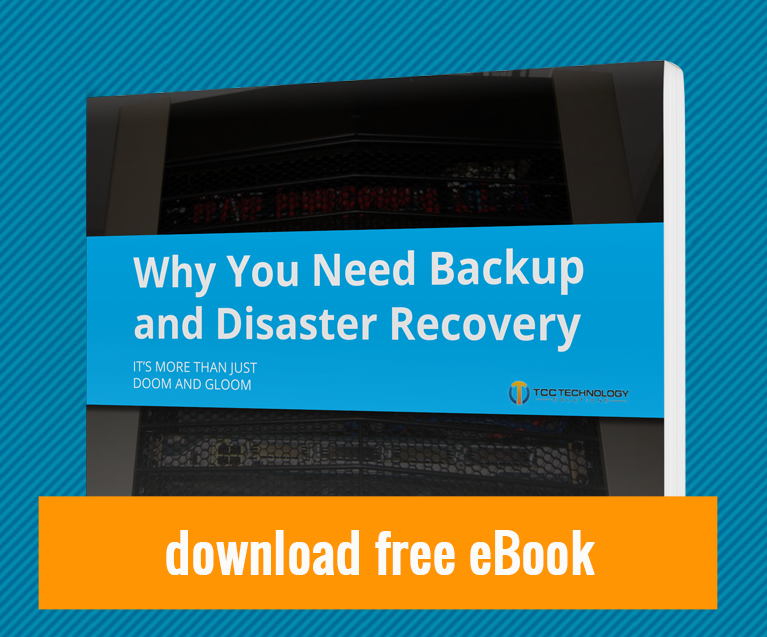Nearly every type of business depends on company information to serve their customers in one way or another. For many businesses, losing the data stored on computers or servers would be the equivalent to locking the doors, as it has the potential to bring the entire operation to a screeching halt.

Six Steps to Calculate Data Value
Even if you think your business is immune to data loss, take a few minutes to consider the implications that even a minor data loss could have for you. The six steps explained below will give you a good picture of the monetary and business value of your company data.
-
The Value of Your Business.
The first calculation is the total financial worth of your company. This includes capital investments and equipment, as well as the infrastructure and office space. The direct value of your company, or concrete value, is only the visible portion of what the value of company data protects. This is the value you have built through operating your business and it should mean a great deal to you and your employees. -
The Value of Customer Data.
Your customers expect you to know who they are, but how well could you do that if you suffered a data loss? More than just a record of receipts, the value of company data includes knowing what was done when, where and how. It may even tell your employees special information they need to know when dealing with a specific person, or reduce the time spent on service calls. The value of your customer interaction has to be considered as a portion of the cost of potential data loss. -
Determine Your Company Value Without Data.
If your company data disappeared today, it would be very similar to starting over from scratch. Your company depends on data every day — contacts, leads, partners and clients would become difficult, if not impossible, to reach and conduct normal business with. That web of data is how your company maintains an edge over your competitors and that is a value loss that very few companies can survive after a data loss. -
Replacement Cost of Business Data.
Data flow is the backbone of the office environment and controls the workflow of your entire company through the critical systems you maintain. Here are just a few examples of how a data loss could make conducting business nearly impossible. First, loss of data would throw your business accounting out the window. Second, you wouldn’t be able to verify warranties, keep scheduled appointments or manage your payroll. Third, information needed for audit and regulatory purposes would be inaccessible. The cost and time of specialized recovery services and extended IT staffing dedicated to data recovery has to be added into the total value of company data. -
Time is Money.
The hourly cost of the recovery is another loss that needs to be included in the value of your data. Recovering all of that information would require many hours and dedicated employee time. Every employee that is re-purposed for data recovery, or additional contractors brought in to do the job, translates into more expense for your company for every hour the recovery lasts. -
Lost Employee Time.
The final step in this process is to consider lost operations. If your employees cannot perform their regular duties because of a data loss, what will that cost you in terms of idle hands on the company payroll? Worse, employees that are temporarily laid off during the recovering may not return, entailing further expense to replace familiar and experienced employees who could not sit idle during a company disaster.
Would You Survive a Data Loss?
The value of company data is a lot more than the cost of replacing a hard drive or hiring a data recovery team. It is the total value of your company added to to any potential profits you might lose. Your company may survive a partial or even total loss of company data, but the costs involved are staggering and would impact your bottom line significantly.
Understanding the value of your data and taking steps to protect it should be part of your overall business plan. We welcome the opportunity to assist you in the process of evaluating your data and developing a bulletproof plan to safeguard it.
Image credit: calculation





